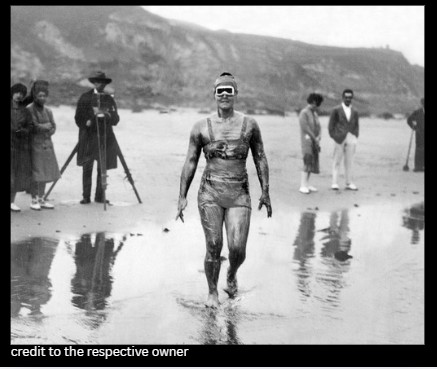In August 1926, the world watched a teenager defy the impossible.
Gertrude Ederle, just 19 years old, dove into the icy waters of the English Channel from Cape Gris-Nez, France. Her skin was covered in lanolin and grease—not for show, but to shield her from jellyfish stings and the chill. For over 14 hours, she battled waves and currents that stretched her swim from 21 miles to 35.
When she finally reached the shore in Kingsdown, England, she hadn’t just survived—she had broken a record. Gertrude became the first woman to swim the Channel, and her time of 14 hours 34 minutes was faster than any man before her.
Her victory wasn’t a surprise. Just two years earlier, she had won one Olympic gold and two bronze medals for the United States. But this achievement turned her into a global legend.
Back in New York City, more than two million people lined the streets for her ticker-tape parade—the largest the city had ever seen for a woman.
Gertrude Ederle showed that courage and determination can carry someone across oceans—and into history.
